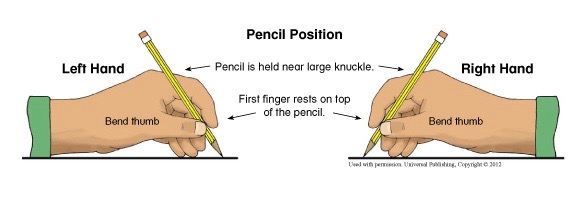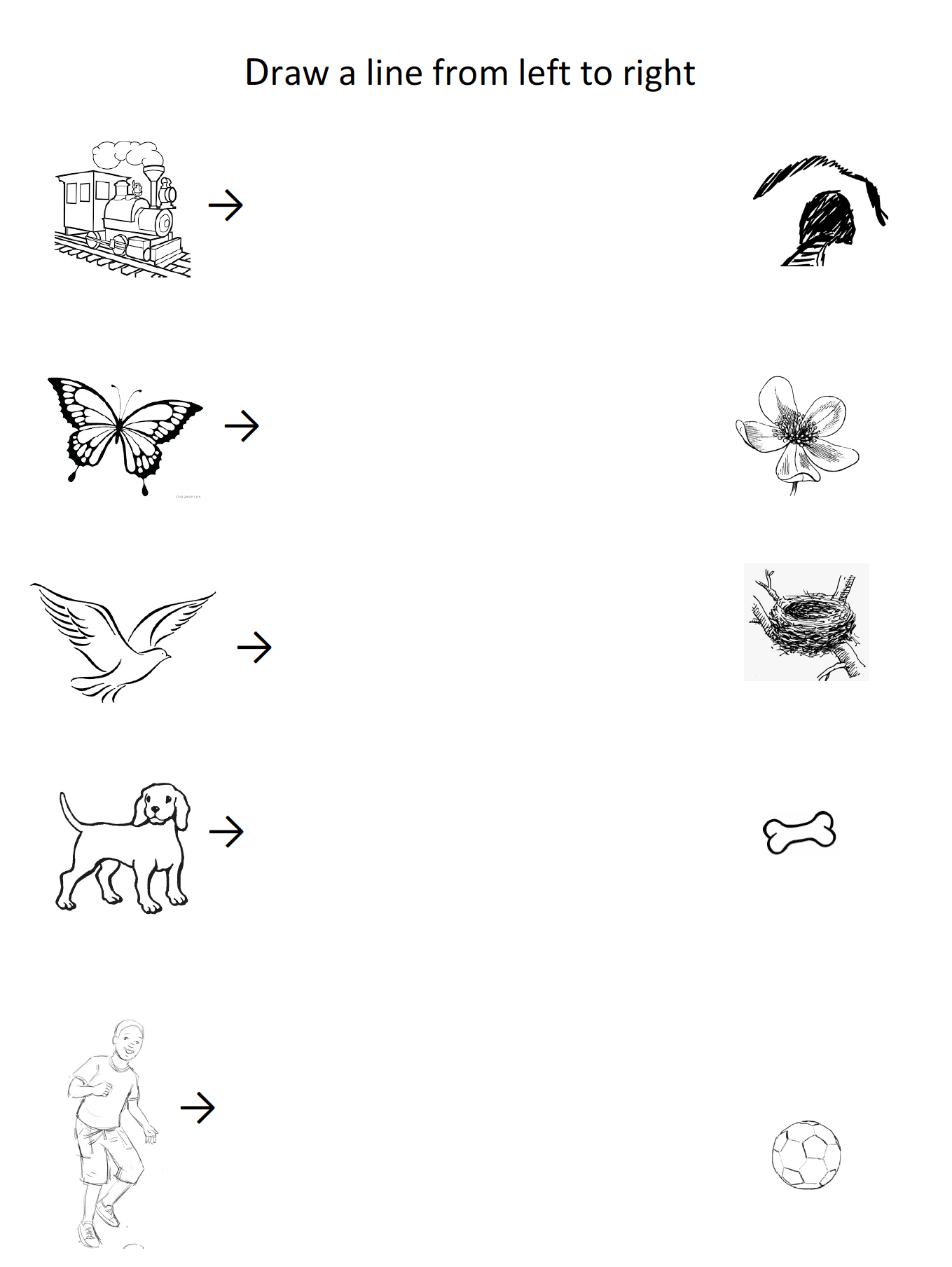Pre-Reading: Teacher Tips

Pre-reading and pre-formal learning activities are essential. The time spent on these activities will vary from class to class, but all children should be exposed to these activities to ensure they are ready to start reading and writing.
Not only is this an important time for the children, but the teacher has the opportunity to carefully observe his/her new learners. She should use every opportunity to get to know the children as individuals, and be alert to hand preference (left or right?), fine and large motor skills and so on.
All the games and exercises should be designed to help the teacher discover more about the child’s level of development. Here are some very basic suggestions, but you will find many more similar activities in excellent resource books or on the internet.
Pre-reading and pre-formal learning activities are essential. The time spent on these activities will vary from class to class, but all children should be exposed to these activities to ensure they are ready to start reading and writing.
Not only is this an important time for the children, but the teacher has the opportunity to carefully observe his/her new learners. She should use every opportunity to get to know the children as individuals, and be alert to hand preference (left or right?), fine and large motor skills and so on.
All the games and exercises should be designed to help the teacher discover more about the child’s level of development. Here are some very basic suggestions, but you will find many more similar activities in excellent resource books or on the internet.
Left to Right Orientation.
Children do not automatically know that we read from right to left, and from the top of the page to the bottom. Young children often do not know which is their LEFT and which is their RIGHT! So that will need to be taught first. Lots of fun physical activities should be used to teach this – “Everybody, raise your right hand! Now your left hand! Now your right!” Make it into a song or a dance – young children need to move around a lot, and this is the ideal opportunity to get them to use their endless energy. The song and dance, “Do the hokey pokey!” is useful for this: “Put your LEFT hand in, put your left hand out, put your left hand in, and shake it all about! Do the hokey pokey and turn around, that’s what it’s all about!” Then your RIGHT hand, your LEFT foot, your RIGHT foot etc. Some teachers have encouraged the children who are struggling to use magic markers to put a fancy “tattoo” L and R on their hands to remind them.
While children are consolidating concepts of LEFT and RIGHT using their large motor controls (hands, arms, feet and legs) we give them plenty of fine motor control practice of moving their eyes and their pencils from LEFT to RIGHT. Simple laminated cards and ordinary duplicated worksheets are ideal for this. (This also gives the teacher/parent the opportunity to ensure that each child is holding his/her pencil correctly!)

1: Left-to-right
These should aim to co-ordinate eye-hand movements and enable the child easily to cross her hand from one side of her body to the other without changing hands. In the example above, the child would be told to put his crayon on the worm and to draw a path for the worm to go to the cabbage. Cards such as this could be laminated. The child then uses a felt-tip pen which can be wiped off with a damp cloth. In this way, the cards are reusable.
Another alternative is to give each child his own duplicated sheet with four to five examples on a page.

Other ideas are:
• a train going into a tunnel
• a butterfly flying to a flower
• a bird flying to her nest.
For an example of a worksheet, see here:

